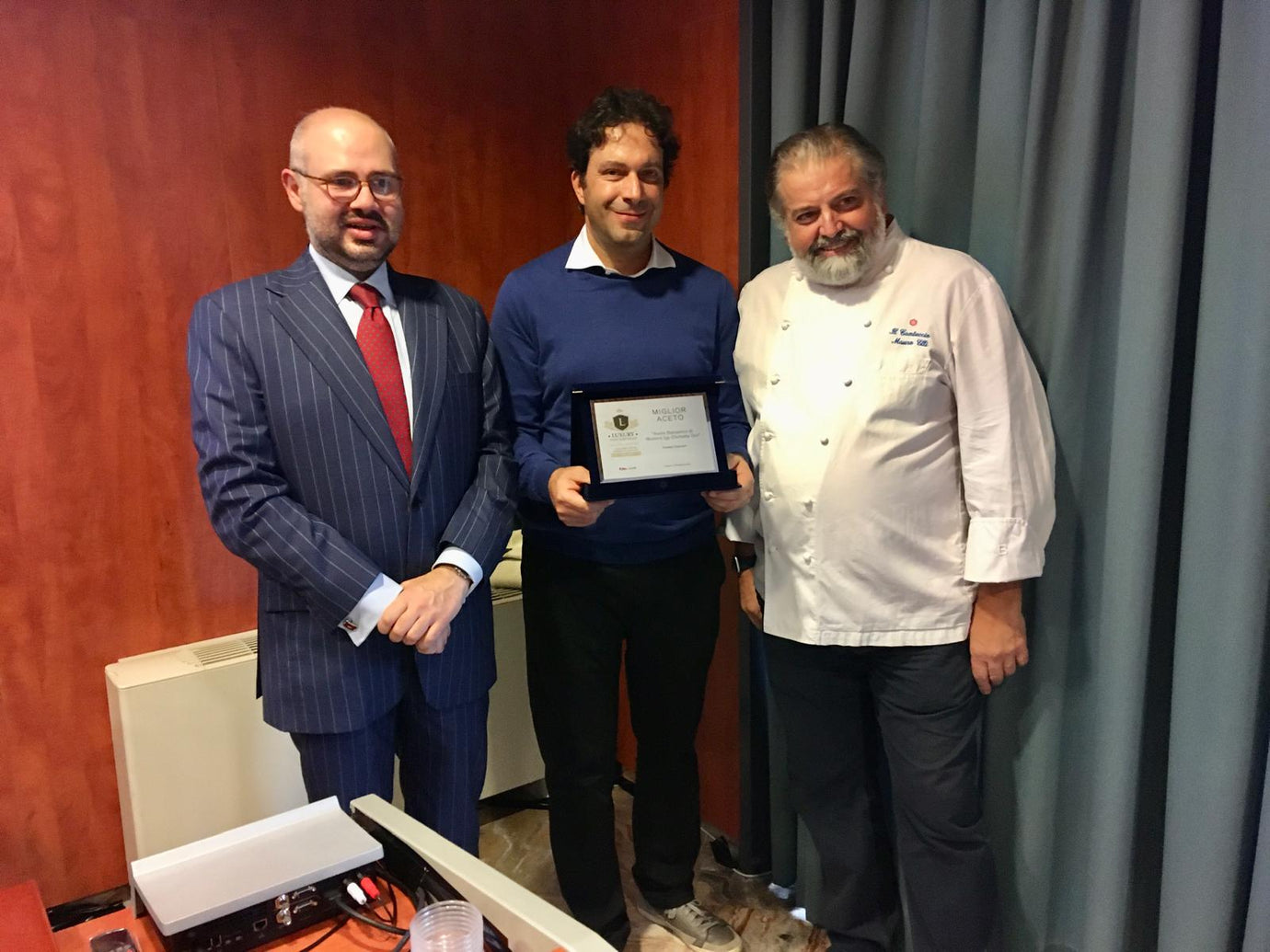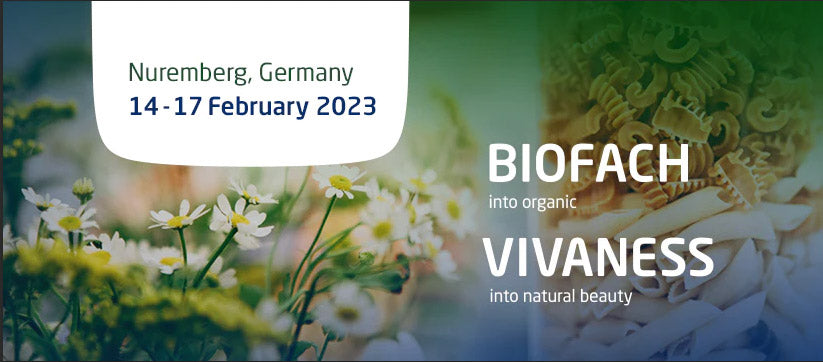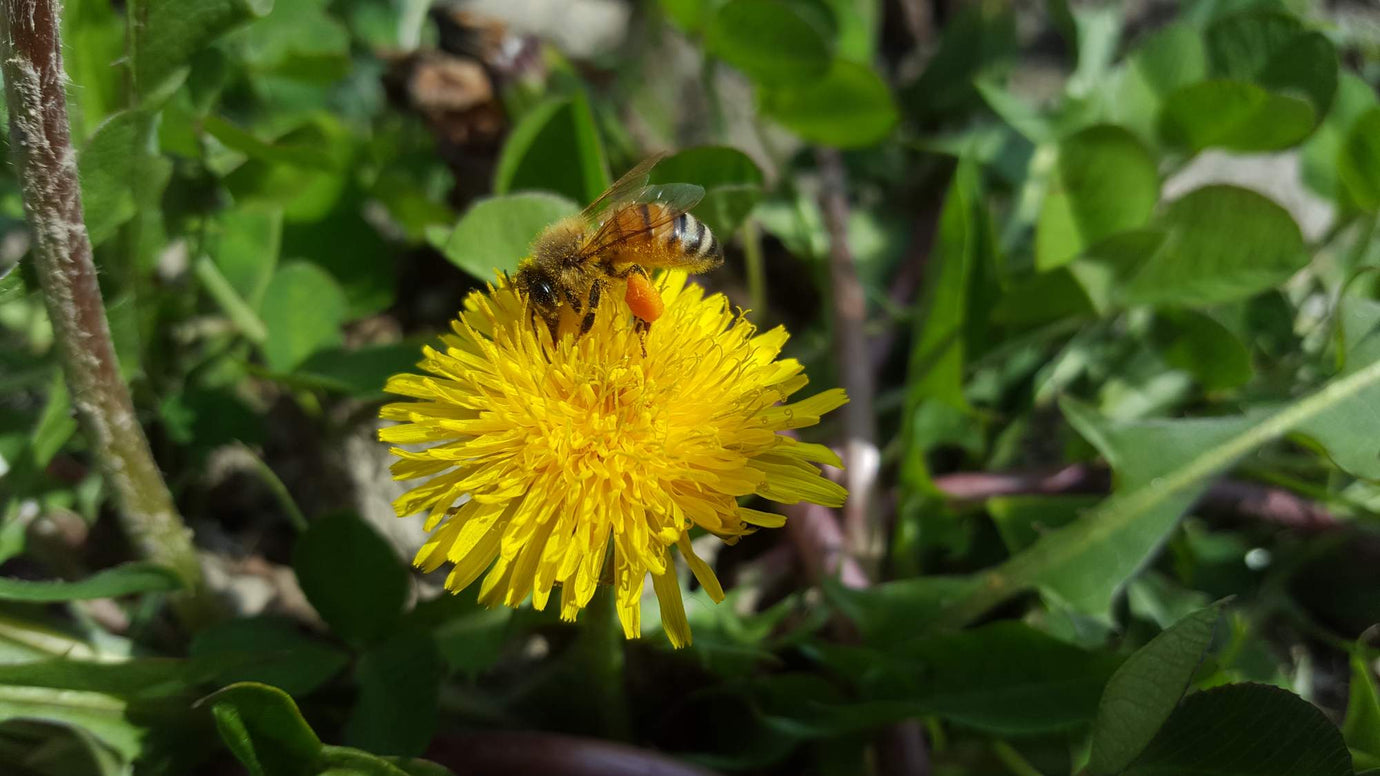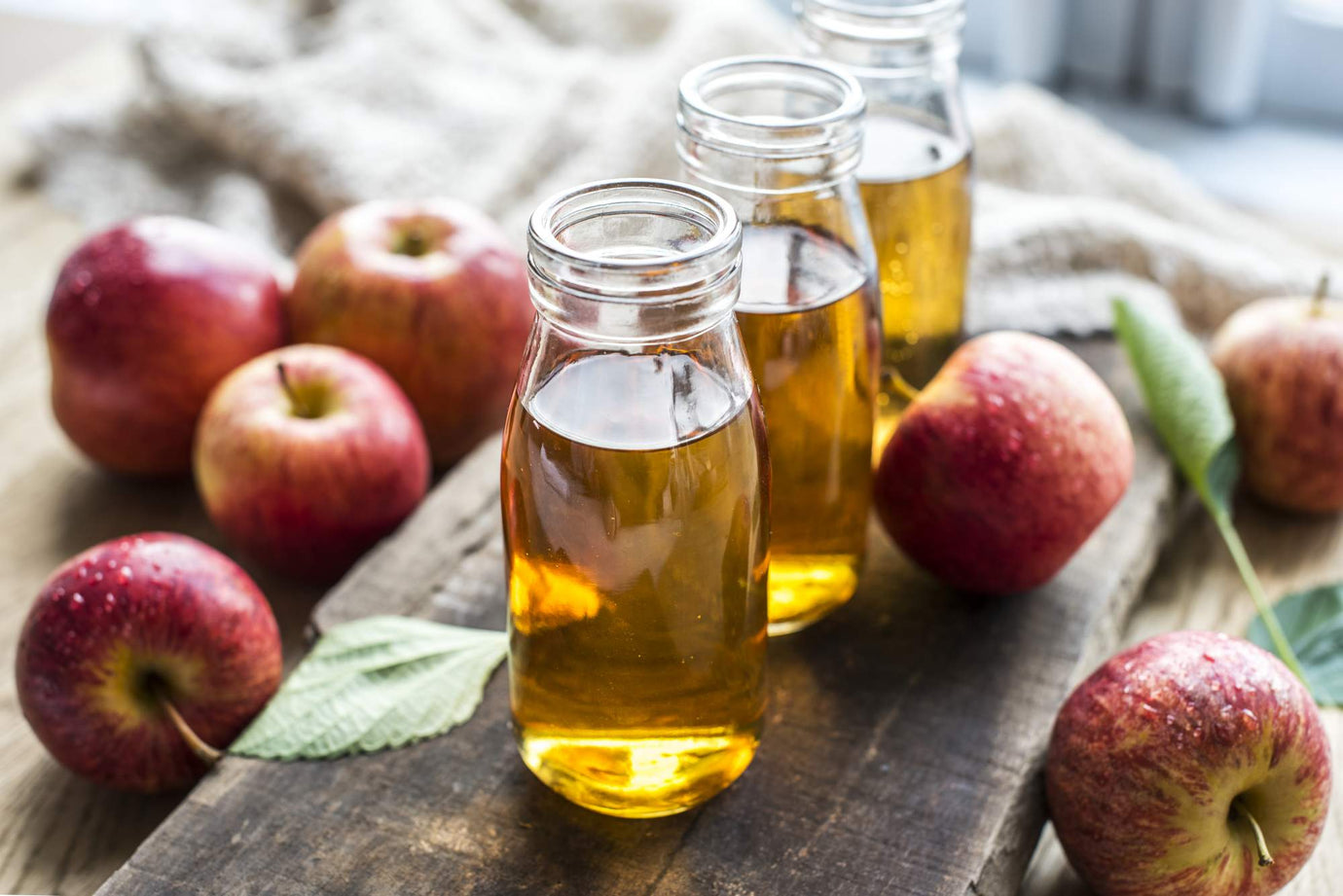In the Modena territory,
cooked grape must is obtained by slowly cooking the unfermented must over a wooden fire.
Saba is the only ingredient for the production of
traditional balsamic vinegar from Modena PDO and more important in the production of
balsamic vinegar from Modena PGI with percentages varying depending on the recipe (increasing the amount of cooked grape must increases the quality of the product). Saba is a product know in different parts of Italy where, according to the region, can be called by a different name. For example, it is also called “vin cotto”, and more seldomly “miele d’uva”. In some local traditions, different ingredients such as walnuts, squash and apples are used while cooking to obtain a particular flavor.
A bit of history
The ancient Roman population used saba and called it by its latin name “
SAPA”. It can be traced from 10 books
De re coquinaria written by Apicio during the time of emperor Tiberio, when Roman cuisine had lost its simplicity from the previous century. It is suspected that some barrels of
cooked grape must forgotten in time transformed into something similar to
Traditional balsamic vinegar from Modena PDO.
How to make it
For sanitary reasons, cooked grape must is made in stainless steel pots over a
direct flame at
atmospheric pressure. The traditional method is still used today and incorporated in Italian law for the production of traditional balsamic vinegar from Modena PDO. Its production differs from that of
concentrated grape must, which does not heat the grapes in special containers. With absence of air, water quickly evaporates and greatly reduces the production costs. The two products are visibly different, cooked must generally is a
dark brown color even if the product is made from white grapes.
Concentrated grape must remains that same color as the grapes.
How to use it
It was used primarily as a sweetener in the kitchens of Roman farmers; but with time, it also became a condiment and medicine. One of its more particular uses was with snow to make granita (slushy). We can use it on flavorful cheeses, with polenta, beans, squash, and chestnuts. It is used the most in our region and it varies almost from city to city. For example, it is used to make sabatoni, Christmas bread, turtèl sguasaròt, and tortelli from San Lazzaro.
Do you want to know more?
To taste our cooked grape must or saba you can refer to our
products page saba or cooked grape must








